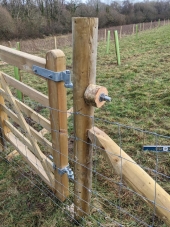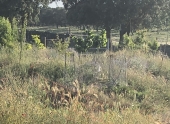
 1
1




 2
2




 1
1




Living in Anjou , France,
For the many not for the few
http://www.permies.com/t/80/31583/projects/Permie-Pennies-France#330873









Living in Anjou , France,
For the many not for the few
http://www.permies.com/t/80/31583/projects/Permie-Pennies-France#330873




I do miss them as I now live in France




Living in Anjou , France,
For the many not for the few
http://www.permies.com/t/80/31583/projects/Permie-Pennies-France#330873




 But then! I thought edible/living fence. I have lots of dewberries, some type of old fashioned rose bush growing in my pasture(we just moved this summer so I haven't seen the roses yet) and I recently was able to pick up several osage oranges. I love the link about the Irish hedges. I would love some advice from someone with more experience. I have read lots of good & bad about the bois d'arc. I have a goat, want a cow. Live in E TX zone 8b. Would love, love, love to to do the whole edible forest garden thing.
But then! I thought edible/living fence. I have lots of dewberries, some type of old fashioned rose bush growing in my pasture(we just moved this summer so I haven't seen the roses yet) and I recently was able to pick up several osage oranges. I love the link about the Irish hedges. I would love some advice from someone with more experience. I have read lots of good & bad about the bois d'arc. I have a goat, want a cow. Live in E TX zone 8b. Would love, love, love to to do the whole edible forest garden thing.



Action Helps...One Soul with Courage is a Majority. Success is a Journey, not a Destination See the Reaching! A Pessimist Sees the Difficulty in Every Opportunity...an Optimist Sees the Opportunity in Every Difficulty! -Whispers of Eden
 1
1




Moderator, Treatment Free Beekeepers group on Facebook.
https://www.facebook.com/groups/treatmentfreebeekeepers/






|
Let nothing stop you! Not even this tiny ad:
Unlock Free Wood Plans! Download free projects and create unique pieces now!
https:/the-art-of-regenerative-wood-working/
|


